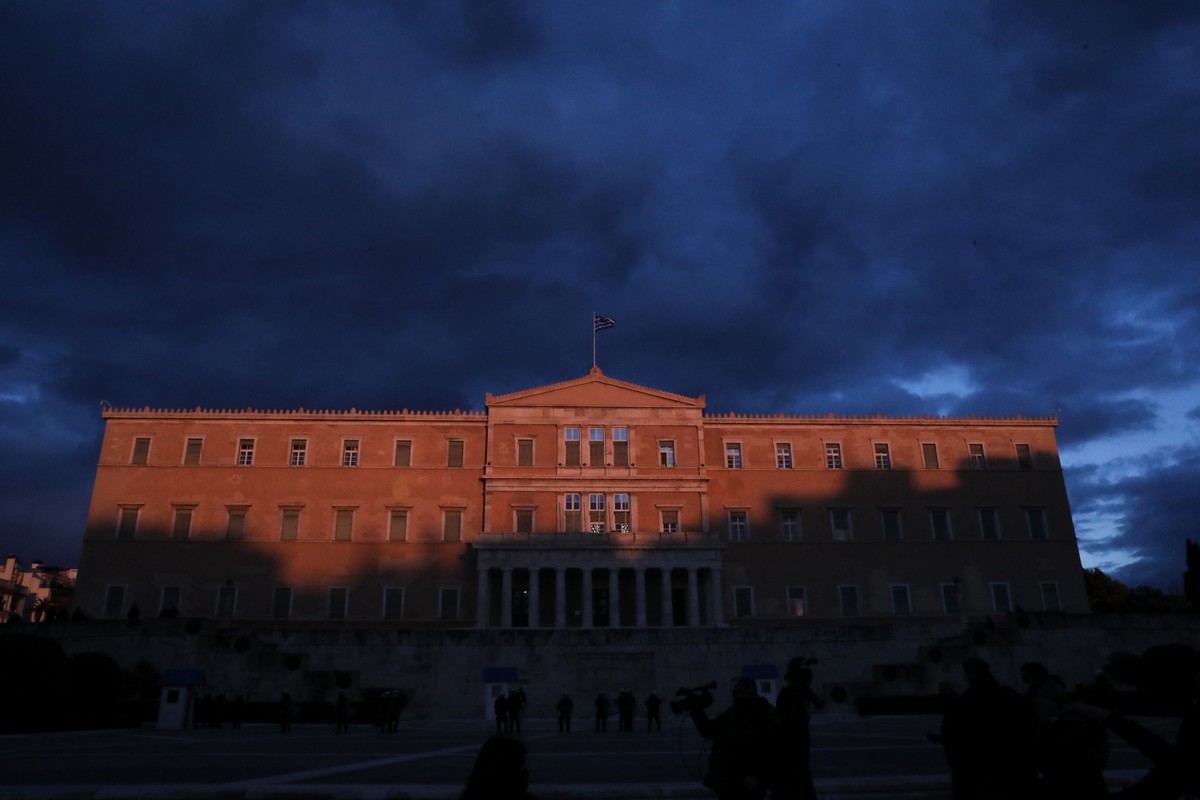
Mohamed El-Erian
It really shouldn’t be and shouldn’t be. However, once again, the comments made by the Chairman of the US Federal Reserve (Federal Reserve), Jerome Powell, led to great volatility in the markets, which could endanger economic well-being and financial stability. It is a phenomenon that highlights not only the frequent slippage in the field of monetary policy, but also the lack of important structural and strategic rules in the Federal Reserve.
Several times in recent years, comments in the press conference following the conclusion of the two-day FOMC meetings have generated much more volatility than the central bank’s policy decision release and Powell’s written remarks. On Tuesday, the initial market volatility caused by the release of Powell’s initial statement before the start of his semi-annual testimony before the US Federal Congress was greatly amplified by his subsequent responses to questions from senators.
Market reactions included an escalation in yields in the “front end” of the bond market, with two-year US Treasury notes breaking the 5% barrier for the first time since 2007, a broad sell-off in equities, with the S&P 500 posting losses of 1.5% and intensifying the inversion of the curve. The two-year yield versus the 10-year note, which has a spread of minus 100 basis points.
All three phenomena are associated with a significant market re-pricing of what the Fed is expected to do at its meeting later in March. Instead of pricing in overwhelmingly a 25bp hike, as the Fed itself indicated earlier, the market tipped the scales in favor of a 50bp hike, which would reverse the Fed’s taper in rate hikes. Central Bank prematurely only a month ago.
Something isn’t right
There is something wrong with all of this. The whole point of the increased transparency the Fed has embraced in recent decades is to allow smooth economic and fiscal adjustments to ever-changing monetary-policy regimes. Indeed, this is the purpose of the Fed providing guidance on future policy, not undermining the credibility of the world’s most powerful central bank.
Three factors help explain this unfortunate situation.
First, and as detailed in my previous article in which I argued that the Fed should not have moved from 50 to 25 basis points on February 1 (as it eventually did), the central bank appears to lack a comprehensive assessment of policy risks intrinsic today. Resilient domestic and global economic landscape.
Second, the lack of a solid medium-term strategy means that the Fed has become overly dependent on macroeconomic data, leading to excessive action in one direction or the other.
Third, the August 2020 “new monetary policy framework” is more relevant to the world as it was before 2020 than today and tomorrow — that is, it is designed on the previous model of insufficient aggregate demand rather than the reality of insufficient aggregate supply.
The worst thing policy makers can do is take Tuesday’s market volatility as “noise”. There is something more serious at stake. The longer this unwarranted volatility persists, the greater the risk of economic and market accidents – namely, a recession that would have resulted from the Fed’s three policy mistakes over the past two years and the stress on the smooth functioning of the financial market.
dilemma
Consider the dilemma the Fed now faces: either validate the market action and, in effect, humiliating rejection of the forward policy guidance it gave just a month ago, or stick to that guidance and retreat further in its fight against inflation.
Both scenarios involve higher reputational risks for the Fed. Along with various iterations of this gratuitous volatility, they are also calling for the Fed and political leaders to spend more time on three structural central bank reforms that include, as I argued last month, “strengthening the Fed’s accountability and demanding that it modernize its policy framework faster than From time to time, as well as following the example of the Bank of England to structurally bring outside perspectives into the policy-making process.”
The alternative of business as is increases challenges in a global economy facing the specter of the Great Green Transition, reshaping globalization and a more diversified supply chain, geopolitical uncertainty, and exacerbating inequality of income, wealth, and opportunity.

“Avid problem solver. Extreme social media junkie. Beer buff. Coffee guru. Internet geek. Travel ninja.”





More Stories
The European Union's “strike” on fast fashion giant Shein
The family owned huge wealth without knowing it
Financial Times: A Greek economic miracle with the country…the poorest in Europe